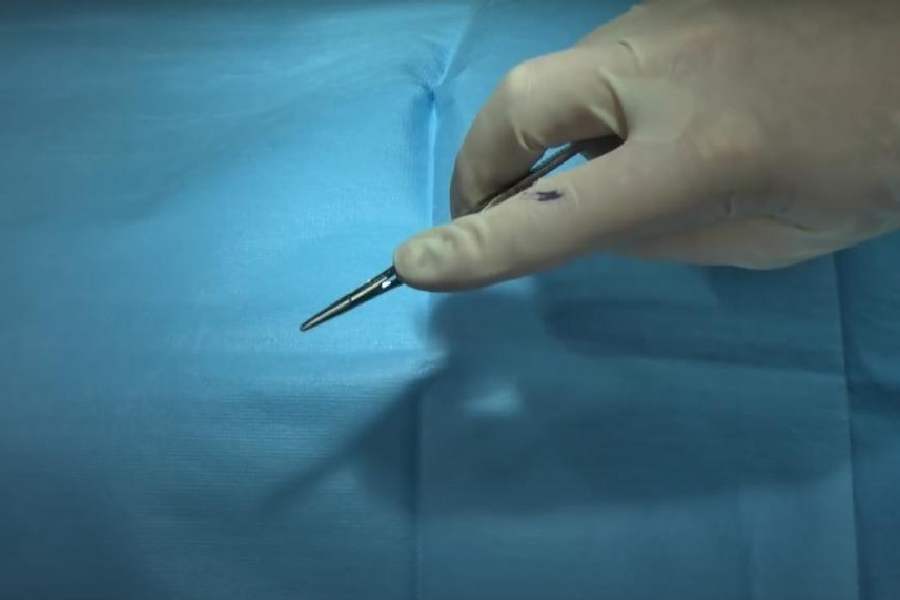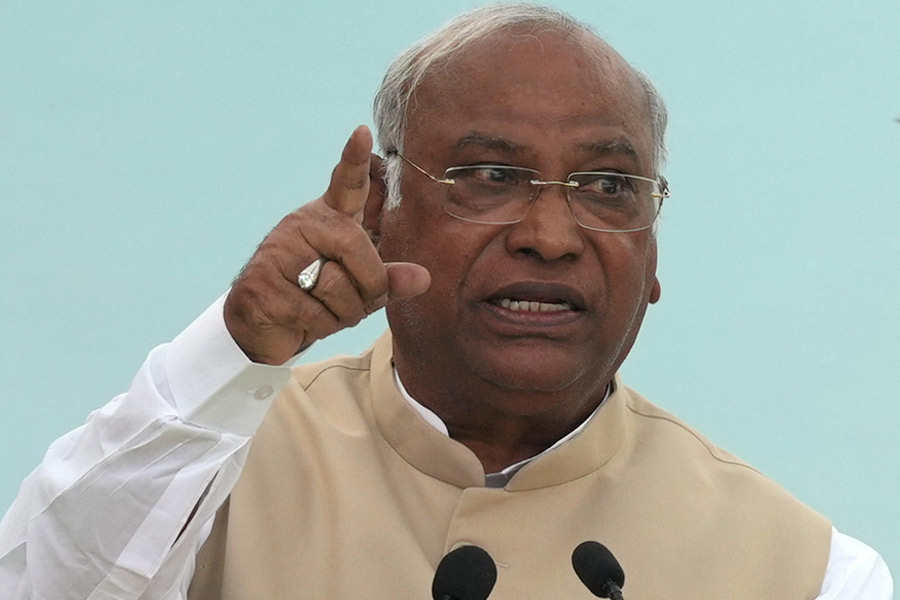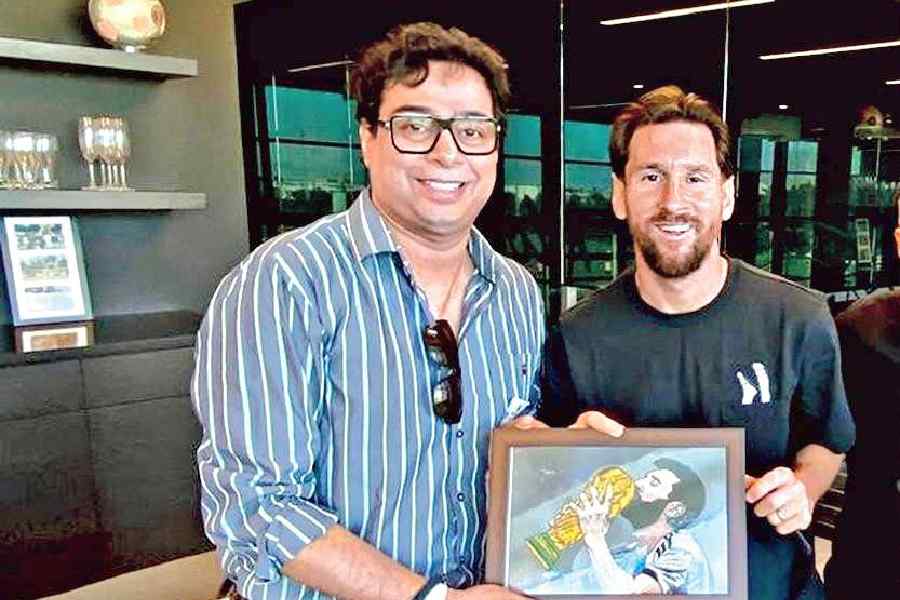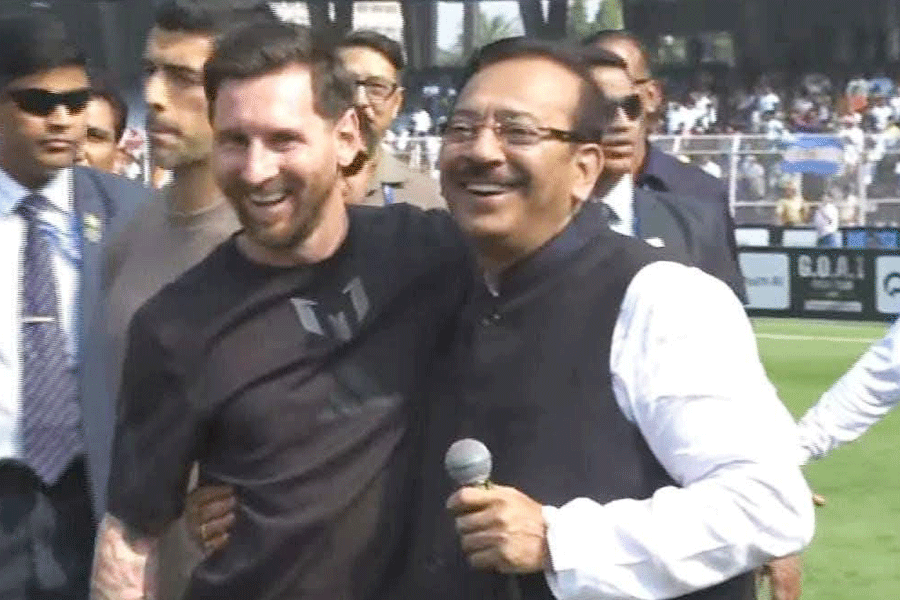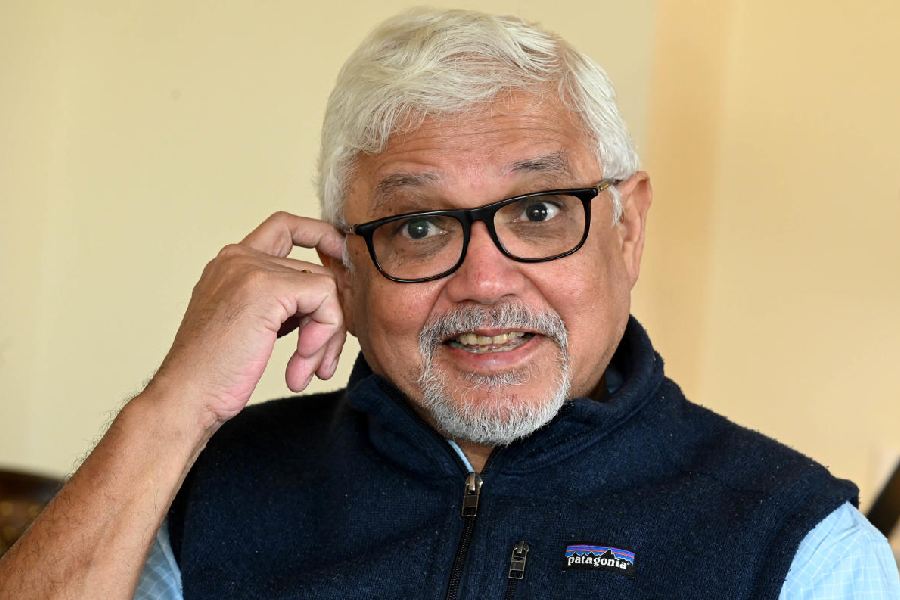Minimally invasive surgery, an approach that uses smaller incisions than traditional open surgery, is being increasingly used to treat spine problems, doctors said.
A city hospital, specialising in spine and brain surgeries, last week hosted a conference on unilateral biportal endoscopic spine surgery. More than 120 surgeons participated in the conference.
Unilateral biportal endoscopic (UBE) spine surgery is a minimally invasive technique that uses two small incisions on the same side of the back to access and treat spinal conditions, said doctors. One incision is for the endoscope and the other for the passage of surgical instruments.
The endoscope provides a magnified, illuminated view of the area to be operated upon, allowing for more precision. The UBE minimises muscle and tissue disruption, leading to reduced pain, blood loss, and faster recovery compared to a traditional open surgery.
“The technology emerged over a decade ago. In India, it is finding more takers after the pandemic. The recovery time is faster and the hospital stay shorter compared to traditional surgeries. A patient can go home a day after the surgery,” said Anindya Basu, consultant spine surgeon at Institute of Neurosciences Kolkata (I-NK), which hosted the conference on July 25 and 26.
“We have been doing UBE spine surgeries since 2022. Since then, we have close to 200 such surgeries,” he said.
The conference brought together spine surgeons and medical professionals from different countries to explore the innovations in UBE spine surgery. A workshop was held at NRS Medical College and Hospital on July 26 as part of the conference.
“People think this technique is only for lumbar disc herniation (also known as a slipped or ruptured disc). But no, it can be used for a wide range of spine surgeries,” said Eduardo Moreira Pinto, a spine surgeon in Portugal and chairman of the International Society Unilateral Biportal Endoscopy (ISUBE), an organisation dedicated to advancing and promoting UBE in spine surgery.
“You have less disruption of bones and ligaments. You have more clarity in terms of visualisation. You have more advantages compared to traditional open surgeries. The patient recovers faster. The success rate is 90 per cent. The technology is expensive. But if you do the math, the patient’s hospital stay is much shorter,” he said.

